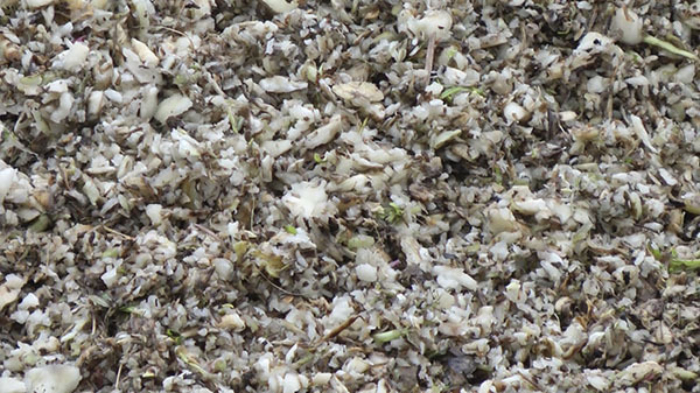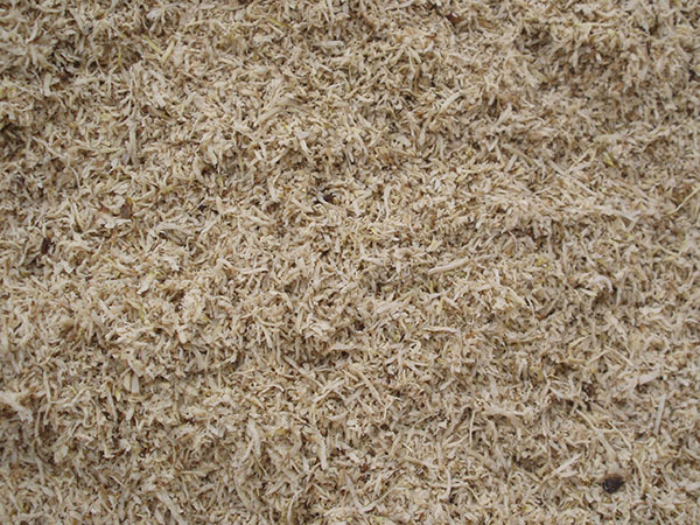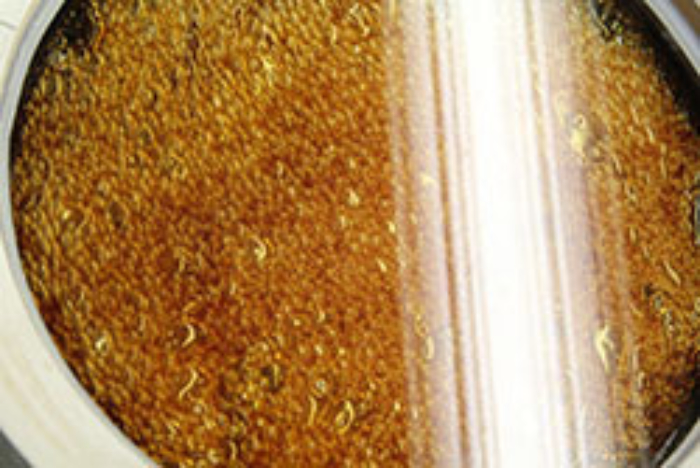Our by-products
A sugar beet is so much more than a little sugar factory.
Sugar beets contain ± 17 to 18% sugar. But there's so much more to a sugar beet. At Raffinerie Tirlemontoise, the whole sugar beet is used and processed. This means that, in addition to sugar, many other products or by-products are produced. Raffinerie Tirlemontoise has been doing this for a long time, and the process has been gradually improved.

Cattle feed
While the sugar beet is being washed, the last leaves are removed from the head of the beet. We call these beet tails, and they are sold as cattle feed. Cattle also like something sweet :-)
During the manufacturing process, the beets are rasped into small thin pieces - beet slices. The sugar is extracted from these slices. The remainder is pulp. This is then compressed into pressed pulp. This pressed pulp is very nutritious for livestock.

Also fertiliser
In the next step of our manufacturing process, the sugar juice is purified with lime and CO2. After filtration, we are left with sugar juice on the one hand, and mineral-enriched calcium on the other. This mixture is compacted, which results in foam soil (spent lime) - better known as Neutrafertil. Spent lime is an excellent, calcareous fertilizer that is much appreciated by farmers.

And molasses
The sugar juice is evaporated to remove a large portion of water. The result is thick, concentrated juice. The thick, concentrated juice is cooked some more, and a hot cooking liquid is obtained. This is put into centrifuges where the run-off and sugar crystals are separated. The remaining run-off, the final molasses, is used in the production of alcohol, yeast, citric acid or cattle feed.
Our by-products fully meet all the required norms and standards. In order to do this, Raffinerie Tirlemontoise works closely with the Koninklijk Instituut voor de Verbetering van de Biet (KBIVB) (Royal Institute for the Improvement of Beet in Belgium).
